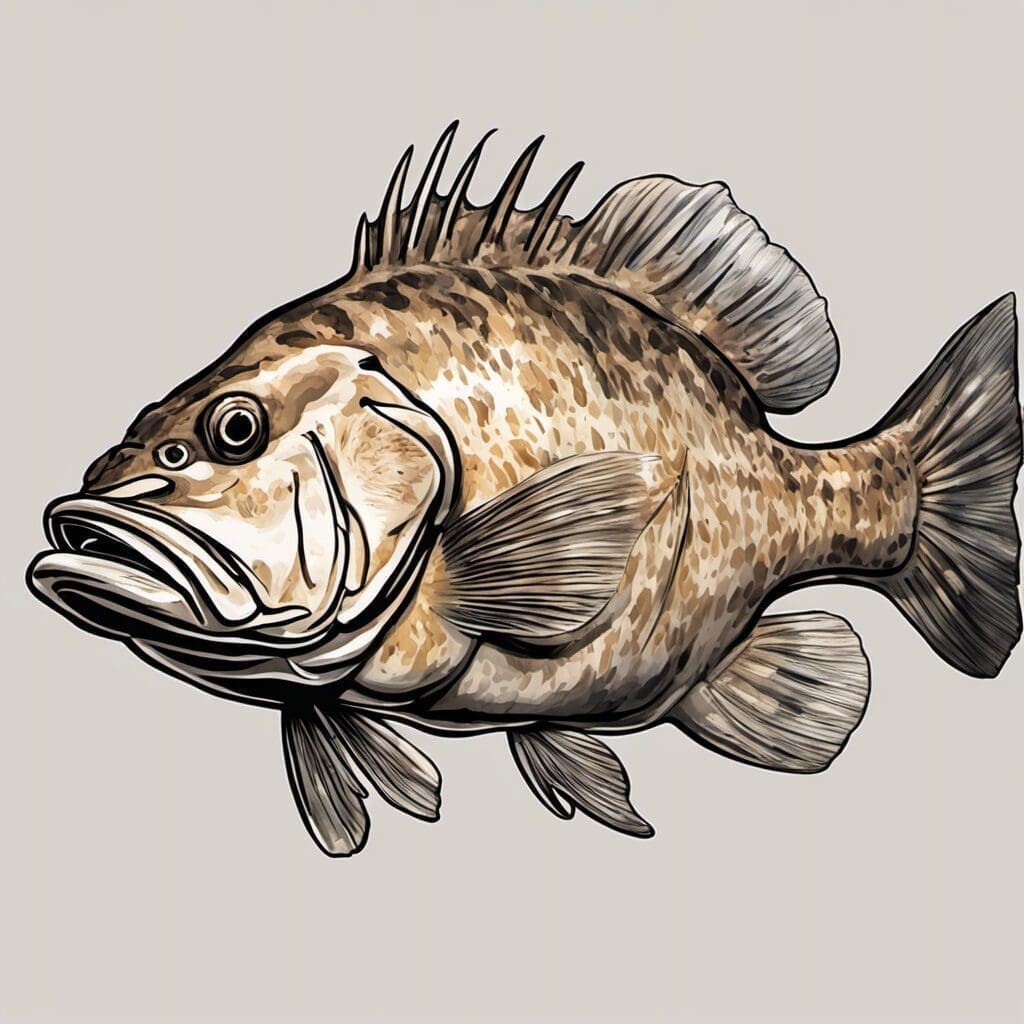Introduction
The Scamp, scientifically known as Mycteroperca phenax, is a welcomed sight for any angler. Belonging to the Serranidae family, this hard-pulling fish is often referred as a prized catch for seafood enthusiasts across several parts of the world.
Conservation Status
The current status of the Scamp is ‘Least Concern’ according to the international conservation organizations due to its wide distribution and lack of major threats. Conservation efforts include the implementation of fishing regulations and size limits, but the species is not currently prioritized for conservation initiatives.
Statistics
To better know and identify the Scamp, let’s go through its basic biological statistics:
| Length (Average) | 42 cm |
|---|---|
| Length (Range) | 30-50 cm |
| Weight (Average) | 1.5-2.5 kg |
| Weight (Range) | 1-5 kg |
| Average Lifespan | 15-18 years |
Distribution
The Scamp is found throughout the Western Atlantic region, extending from the Gulf of Mexico to Brazil. It does not exhibit any significant seasonal or long-distance migration patterns.
Habitats
Scamps reside in a variety of water types, including brackish and salt water. They prefer a depth range of 30-110 meters. They are predominantly found in tropical and subtropical areas where the temperature range is between 20°C and 28°C.
When and Where to See
Scamps are year-round residents of their habitats, hence, anglers can reliably find them at any time of the year. The best time to catch a Scamp is usually at dusk or dawn.
Best Fishing Locations
These species are abundant in various locations, with top spots being:
- Florida Gulf Coast, USA
- Campeche Bank, Mexico
- Bahia, Brazil
- Northwestern Cuba
- Northern coast of Colombia
How to Catch
Scamps can be caught with a variety of baits including squid, small crabs, or fish like pilchards or pinfish. Fishing techniques range from bottom fishing to light tackle trolling. Success is usually met during dusk or dawn, though they can also be caught during the night.
Identification Guide
Scamps are grey-brown in colour, but can darken or lighten depending on their mood. They have distinct blue lines on their head and body, with an elongated triangular dorsal fin. Scamp groupers can be distinguished from other groupers by the shape of their jaws; they have a more pointed lower jaw compared to other similar species.
Culinary
Scamp is prized for its firm white flesh and mild, sweet flavor. It can be served in a variety of ways, including grilling, baking, or frying. Classic recipes include grilled scamp with lemon-garlic butter or scamp ceviche. Furthermore, it is a nutritious food source, high in protein and low in fat.
Additional Information
Scamps are solitary creatures with territorial tendencies. They are ambush predators, hiding in rocky crevices until prey comes into range. Their primary natural predators are larger fish and sharks, while their human-induced threats mainly consist of overfishing.
References and Further Reading
For a more in-depth understanding and knowledge about the Scamp, the following resources are recommended:
- The University of Southern Mississippi: Scamp Biology and Fisheries
- The Florida Museum: Scamp Grouper, Mycteroperca phenax
- The Reef Guide: Florida, the Bahamas, the Caribbean by Humann and DeLoach
Please note the links to the aforementioned resources open in a new tab. Never include links to iucnredlist.org as per guidelines.

